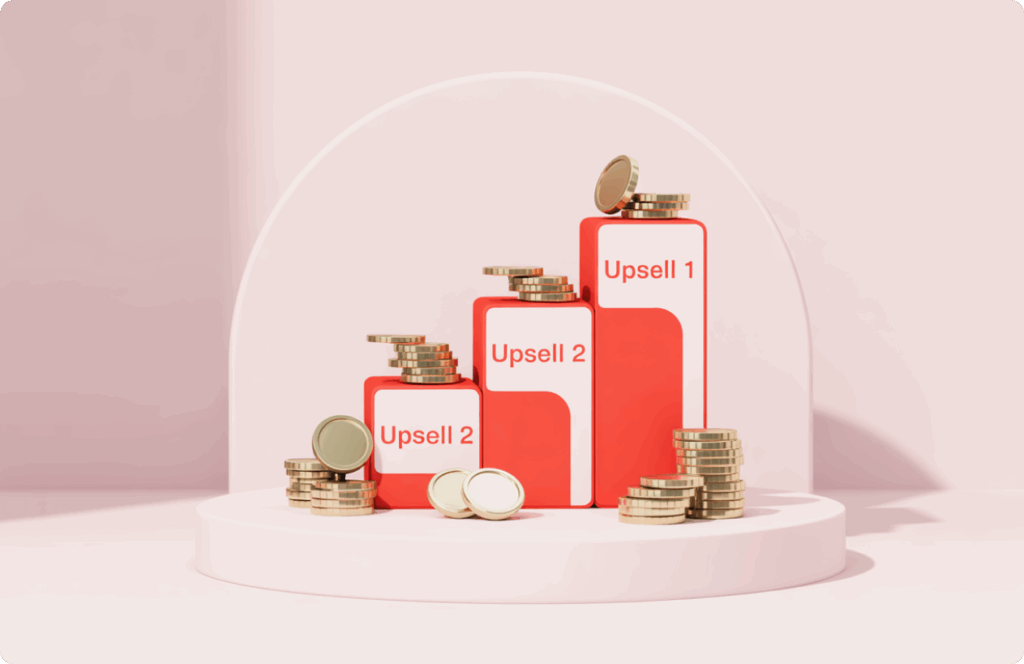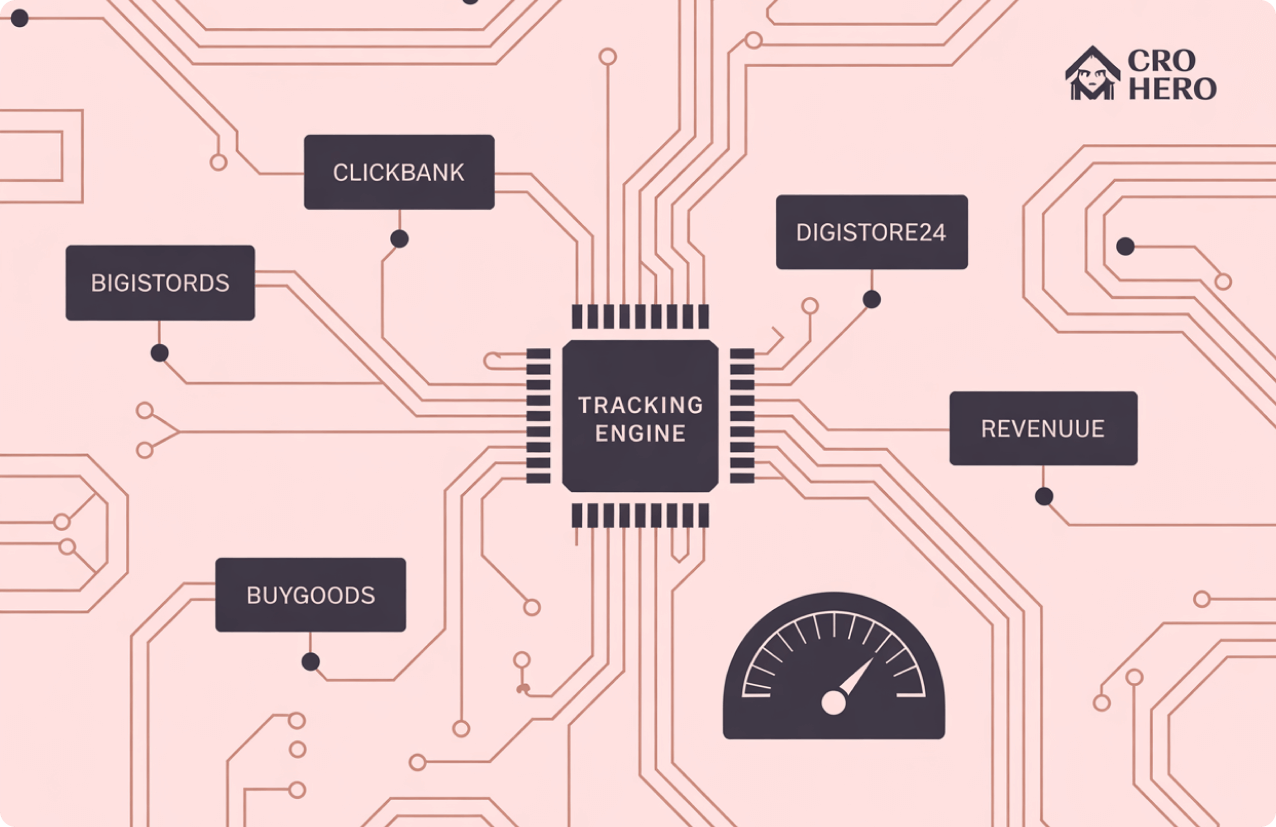Introduction—Why Upsells Matter
Explain the value upsells bring to your top line. Note that focusing on current customers can be more cost-effective than acquiring new ones, making upselling a powerful revenue lever.
Relevancy First—Offering a Logical Next Step
Illustrate how the best upsells solve adjacent or complementary needs. Stress the importance of a seamless offer that amplifies satisfaction rather than feeling like a random sales pitch.
Timing & Placement—Capturing the Right Moment
Discuss when to introduce upsells—during checkout, post-purchase email sequences, or on the thank you page—and how each timing choice affects conversion likelihood.
One-Click or Seamless Checkout—Reducing Friction
Encourage friction-free processes that let customers add an upsell with minimal effort. Showcase how eliminating additional forms or re-entry of payment details boosts success.
Testing & Personalization—Fine-Tuning Offers
Urge the use of A/B testing to discover which upsell resonates best. Suggest personalized pathways based on the buyer’s initial purchase or browsing data for targeted success.
Measuring Success—Key Metrics to Track
Define the metrics—attach rate, average order value (AOV), lifetime value (LTV)—that gauge the impact of your upsell strategy. Stress regular reviews to refine offers and maintain momentum.
Conclusion—Long-Term Retention & Relationship Building
Emphasize that ethical, beneficial upsells strengthen trust. Encourage follow-up sequences that position the upsell as part of ongoing customer care, not just a quick profit tactic.



